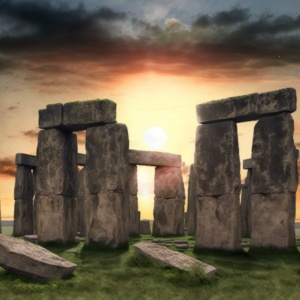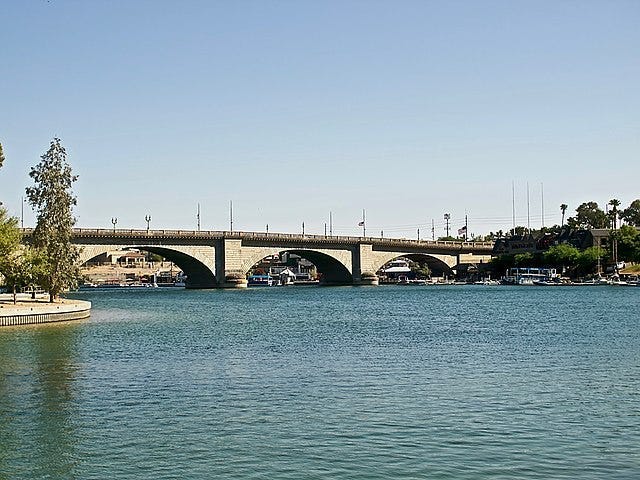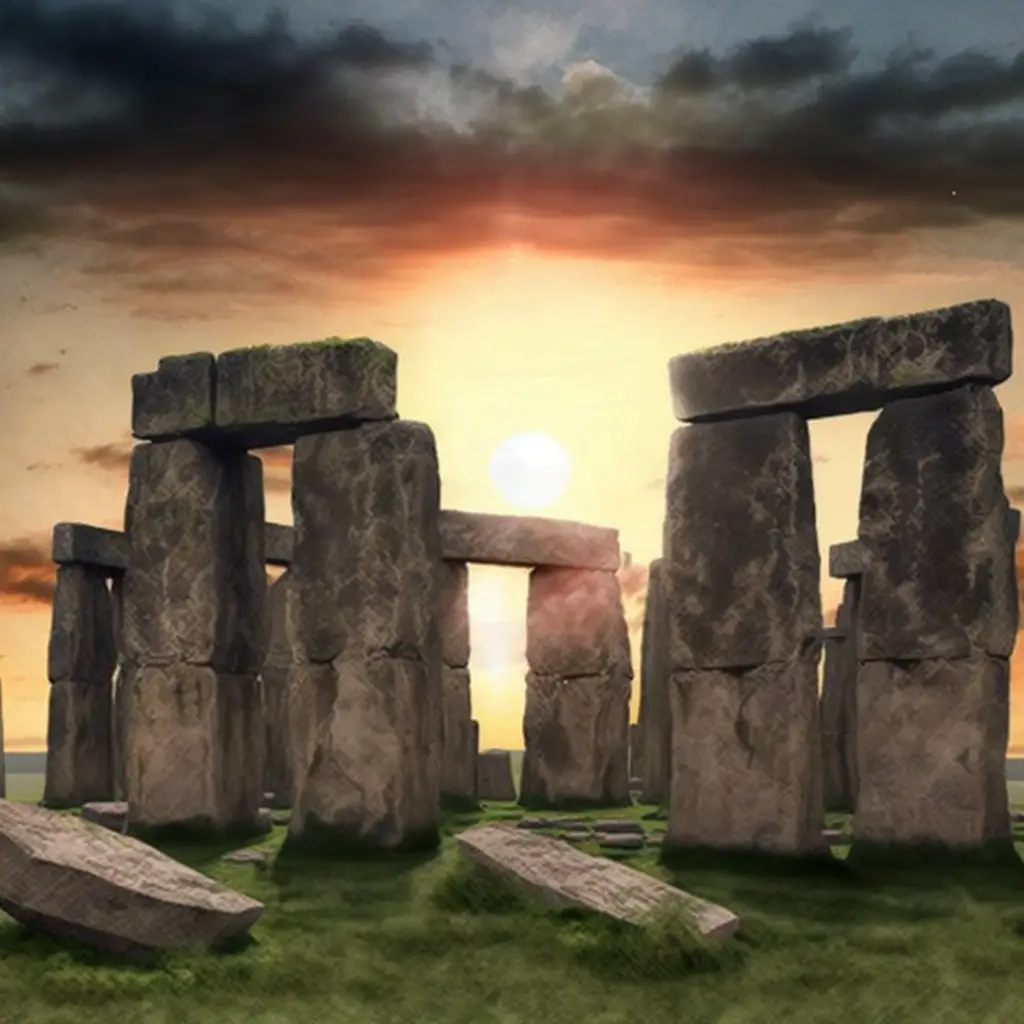
My folks’ anniversary is coming up, so I’m sure they’re both working on a master plan to outdo the other with their gifts. But I’d be shocked if they could outdo this guy’s “gift.”
Cecil Chubb once bought Stonehenge in 1915 using money from his brother-in-law’s inheritance, gifted to the couple.
The price?
A tidy little sum of £6,600, which would be over half a million in today’s equivalent. But it wasn’t just a nice gift for his wife with her money, he had another important reason — keeping it out of the hands of dirty, nasty, foreigners!
As the BBC writes about the time:
“In its preview story, the Daily Telegraph noted that the news of Stonehenge’s sale was ‘enough to rouse the envy of all American millionaires who are bitten by the craze for acquiring antiques’. Preventing this might have influenced Chubb’s purchase.”
And yet the fears of a legendary monument being acquired by Americans weren’t too far-fetched — the London Bridge was sold, dismantled, and moved in 1968 by an American entrepreneur named Robert P. McCulloch for $2,460,000.
Where is Stonehenge?
Stonehenge is located on top of an area called Salisbury Plain in Wiltshire, England, three kilometers west of Amesbury.
Where did they want to move Stonehenge to?
Why, Lake Havasu City, Arizona. Because, of course!

🎵London bridge is falling down, falling down, falling down, into the traps of unbridled western capitalism.🎵
The bridge still stands to this day.
Even more amusingly, the legend says Cecil was sent out by his wife to buy a set of dining chairs — presumably not for half a million pounds. But if we wonder how angry Mrs. Chubb might’ve been, a clue later popped up.
In 1918, less than 3 short years later, Stonehenge was gifted to the British people with 2 conditions:
- All of the money collected at the gate would go to the Red Cross until the end of WWI
- Local residents should be allowed free admission to Stonehenge, permanently
Fortunately, both conditions were fulfilled, and residents are still free to visit the premises without paying, even today.
J.J. Pryor
This short history was an excerpt from my free popular newsletter, Pryor Thoughts.
You might also be interested in reading about how real-life garden gnomes used to exist.


